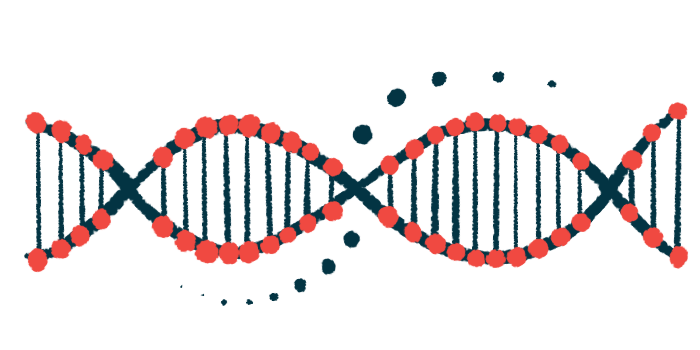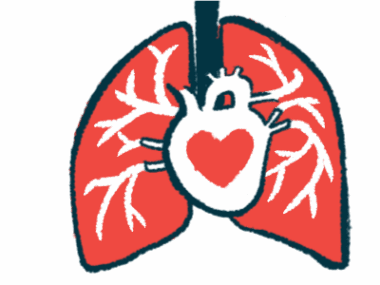Newborn infant’s potential case of harderoporphyria detailed in report
Death followed severe complications a few days after birth
Written by |

The case of an infant thought to have an extremely rare form of porphyria, called harderoporphyria (HARPO), was described in a recent report.
The disease led to severe complications, and the infant died a few days after birth.
The report, “Novel Biallelic Variants in CPOX Gene in a Case of Hereditary Coproporphyria With Antenatal Onset and Adverse Neonatal Outcome: A Potential Diagnostic Clue of Harderoporphyria?” was published in Prenatal Diagnosis.
Only nine cases of harderoporphyria have been documented
Porphyrias are a group of genetic disorders marked by disruptions in the production of heme, a molecule that allows red blood cells to transport oxygen. There are various types of porphyria, each caused by a deficiency in one of the enzymes needed to produce heme and with different manifestations.
HARPO is an extremely rare form of porphyria — only nine cases of this condition have ever been documented. Symptoms are highly variable, with some cases showing severe manifestations soon after birth and other cases showing milder symptoms into adulthood.
HARPO is caused by mutations in a gene called CPOX. In people with HARPO, both copies of the gene — one from each biological parent — are mutated. Another form or porphyria called hereditary coproporphyria is also caused by mutations in the CPOX gene, though in that disease, only one copy of the gene is mutated.
Pregnancy closely monitored after woman’s first two babies died shortly after birth
In this report, a team of scientists in Italy described the case of a woman in her 30s who was pregnant for the third time. Both of her prior pregnancies had ended in preterm deliveries, and in both cases the babies had died shortly after birth. Given this history, the woman’s third pregnancy was being closely monitored.
Toward the end of the third trimester, imaging of the fetus revealed simultaneous enlargement of the liver and spleen, or hepatosplenomegaly. There were also changes in blood flow patterns, raising concerns about fetal anemia, or low levels of red blood cells, which are needed to carry oxygen. In light of these concerns, the decision was made to deliver the baby by cesarean section.
“Prenatal ultrasound detection of unexplained fetal anemia and hepatosplenomegaly should prompt an accurate family and obstetric history, and [genetic] metabolic disorders should be considered in the differential diagnosis of fetal anemia,” the scientists noted.
At birth, testing confirmed hepatosplenomegaly and anemia. The baby also had other symptoms, including yellowing of the eyes and skin, which is a sign of liver damage, and skin spots caused by bleeding under the skin. The baby was given emergency medical care and blood transfusions, and tests were run to look for a potential diagnosis.
Ultimately however, the child died a few days after birth before a definitive diagnosis could be established.
Genetic testing eventually revealed that the baby carried mutations in both copies of the CPOX gene. The specific mutations identified had not been reported before, but one baby from the previous pregnancies carried the same mutations, and the researchers said this child’s condition was overall consistent with a potential diagnosis of HARPO, so this is the most probable diagnosis.
They noted, however, that the child died before further definitive testing could be done, so this diagnosis needs to be interpreted cautiously.







